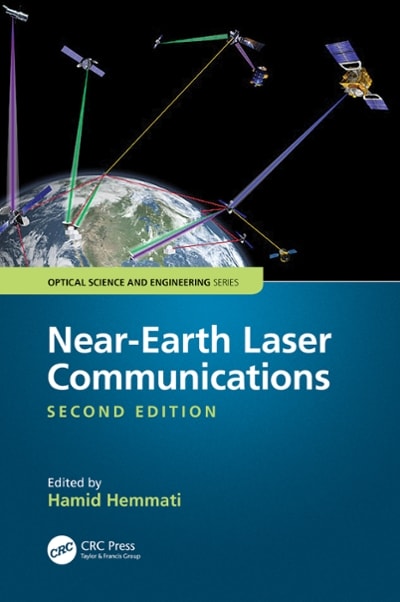Question
1. This question is a short free-response question. Show your work for each part of the question. You may consider doing all your work by
1. This question is a short free-response question. Show your work for each part of the question. You may consider doing all your work by hand on a sheet of paper and submitting it as an image or file attachment to this question. Make sure your name and today's date are in the upper right corner. The experimental apparatus shown in the figure below contains a pendulum with a mass labeled m1 attached to a string of length L. The pendulum is released from rest at an angle and collides with a ball of mass m2 initially at rest at the edge of a table that is a height y above the ground. The m2 ball hits the floor a distance R from the edge of the table.
https://cdn.flvs.net/assessment_images/educator_apphysics_v23/pendulum_flvs.png
Here are the values:
- m1 = 0.65 kg, L = 0.60 m, = 60
- m2 = 0.23 kg, y = 1.3 m, R = 1.1 m
Use the given data to answer the following questions.
- Calculate the speed of m1 just before the collision. (3 points)
- Calculate the speed of m2 immediately after the collision. (3 points)
- Calculate the speed of m1 immediately after the collision. (3 points)
- What direction did m1 have immediately after the collision? Justify your answer. (2 points)
- Based on your data and calculations, was the collision elastic? Justify your answer. (4 point
2. This question is a short free-response question. Show your work for each part of the question. You may consider doing all your work by hand on a sheet of paper and submitting it as an image or file attachment to this question. Make sure your name and today's date are in the upper right corner. A 0.128-kg object on a spring was set into oscillation. The following graph show the position of the object as a function of time.
https://cdn.flvs.net/assessment_images/educator_apphysics_v23/oscillationb_flvs.png
a. identify the period of oscillation. (3 points)
b. Determine the spring constant for the spring. (3 points)
c. What is the acceleration of the mass on the spring at maximum compression? (2 points)
d. If a larger mass is used on that same spring, describe the changes you'd expect to see in the new position versus time graph, once set to oscillate. (3 points)
e. Imagine you are given a rubber band and masses to hang on it. You need to determine if the rubber band will exhibit simple harmonic motion with a mass hanging from it, just like the spring did. In a clear paragraph-length response, describe the data that must be collected and the analysis that should be done to make the determination.
Step by Step Solution
There are 3 Steps involved in it
Step: 1

Get Instant Access to Expert-Tailored Solutions
See step-by-step solutions with expert insights and AI powered tools for academic success
Step: 2

Step: 3

Ace Your Homework with AI
Get the answers you need in no time with our AI-driven, step-by-step assistance
Get Started


